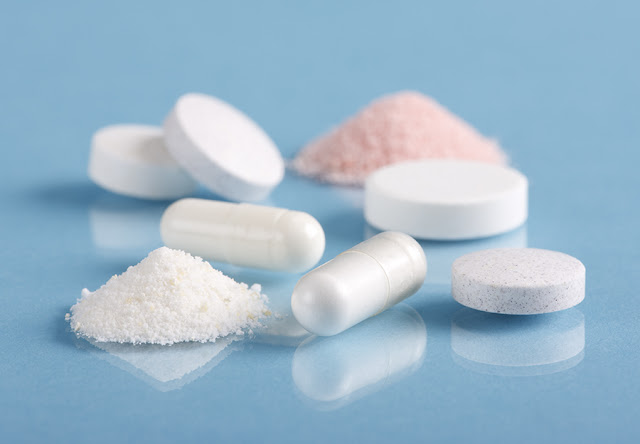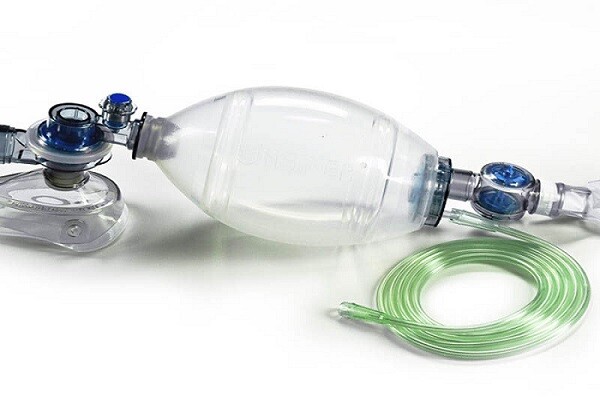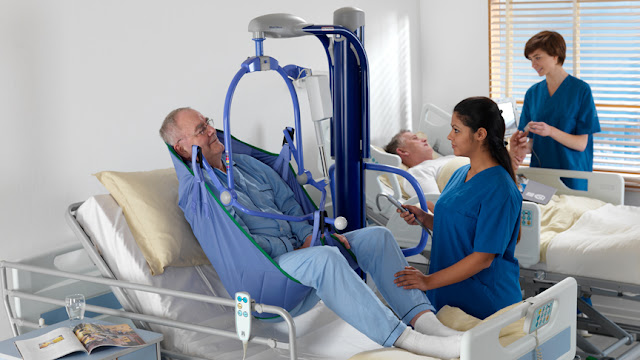Pharmaceutical Excipients: More Than Just Fillers
 |
| Pharmaceutical Excipients |
Pharmaceutical excipients play a vital role in drug
development and manufacturing. However, their significance is often
underappreciated as they are considered simply as "fillers" by many.
Understanding Excipients
Excipients are the inert substances other than the active pharmaceutical
ingredient (API) that are added intentionally during the manufacturing and
formulation of medicines. They make up the largest proportion, around 99%, of
most drug products. Common excipients include binders, diluents, flavors,
preservatives, solubilizers, and others.
Pharmaceutical
Excipients serve crucial purposes during drug development and
manufacturing. They facilitate the processing of APIs into the final drug
product in the required dosage form such as tablets, capsules, creams, etc.
They also help improve the stability, absorption, distribution, and other
critical characteristics of drug products. Without excipients, most drug
products simply could not be produced.
Excipients: Enablers of Drug Product Development
Excipients play a vital role in enabling the development of robust drug
products. They help manufacturers overcome various formulation and processing
challenges associated with APIs. APIs often have undesirable properties such as
bitterness, moisture sensitivity, poor solubility, etc. Judicious selection and
combination of excipients help resolve these issues.
For example, binders and fillers are used to bulk up tablets and ensure
consistent sizes during compression. Absorbing excipients prevent aggregation
of moisture-sensitive APIs. Solubilizers enhance solubility and dissolution
properties of poorly soluble drugs. Polymers are added to control drug release
in modified or sustained release formulations. Preservatives prevent microbial
contamination during product shelf life.
Excipients also aid in the development of innovative drug delivery systems.
They enable the manufacture of controlled release capsules, transdermal
patches, nano-enabled drug delivery systems, and other advanced dosage forms
for improved efficacy and patient compliance.
Ensuring Safety and Effectiveness
Safety is a crucial consideration for excipient selection and usage. Only those
excipients that have established records of safety supported by extensive
toxicological evaluations are chosen. However, rare adverse effects may still
emerge upon widespread use.
Stringent safety assessment and ongoing monitoring are thus required throughout
the product lifecycle. Several regulatory agencies have established standards
and guidelines for acceptable excipients and their permitted daily exposure
(PDE) limits. Manufacturers need to quantitatively justify the excipients and
their levels in products to ensure safety.
Technological Advancements
Advancements in excipient technology are enabling new frontiers in drug product
development. Researchers are developing new classes of multi-functional
excipients that synergistically impact critical quality attributes. For
instance, newer polymeric excipients aid in controlled drug release, masking of
bitter tastes, and protection against moisture and light.
Nanotechnology has also transformed excipient development. Excipients
engineered at the nanoscale are imparting additional advantages compared to
conventional ones. Some examples include nanocrystals for improving solubility,
nano-liposomes for lyophilization and sustained release, nano-thickeners for
semisolids, etc.
As drug development becomes more interdisciplinary and precision-driven,
innovative excipients engineered at the molecular level will play a key
supporting role. Advanced analytics and in silico modeling are accelerating
excipient design and selection processes as well.
Ensuring Quality and Consistency
Consistent quality of excipients is as important as the API to guarantee
reproducible performance of drug products. Even minor variations in excipient
attributes can impact critical quality parameters such as content uniformity,
drug release, stability, etc.
Thus, tight specifications and stringent identity testing are required for
excipients during purchasing, receiving, and storage operations. Supply chain
reliability is another crucial aspect given the global sourcing of several
excipients. Ongoing monitoring and periodic audits help identify any deviations
promptly.
With continuous technology advancement and globalization of operations,
ensuring excipient quality and supply remains an ongoing challenge for
manufacturers. Adopting quality risk management principles and implementing
science/risk-based approaches are necessary to address this critical task.
Pharmaceutical excipients are much more than just fillers. They are the
backbone supporting the development of robust, efficacious, and
patient-acceptable drug product formulations. With the surge of biologics,
specialized drug delivery systems, and demand for precision medicines, the
roles of excipients will become even more pronounced. Ensuring their quality,
safety, and continuous technology development will be paramount to propel
future innovations in drug delivery.
Get
more insights on this topic: Pharmaceutical
Excipients



Comments
Post a Comment